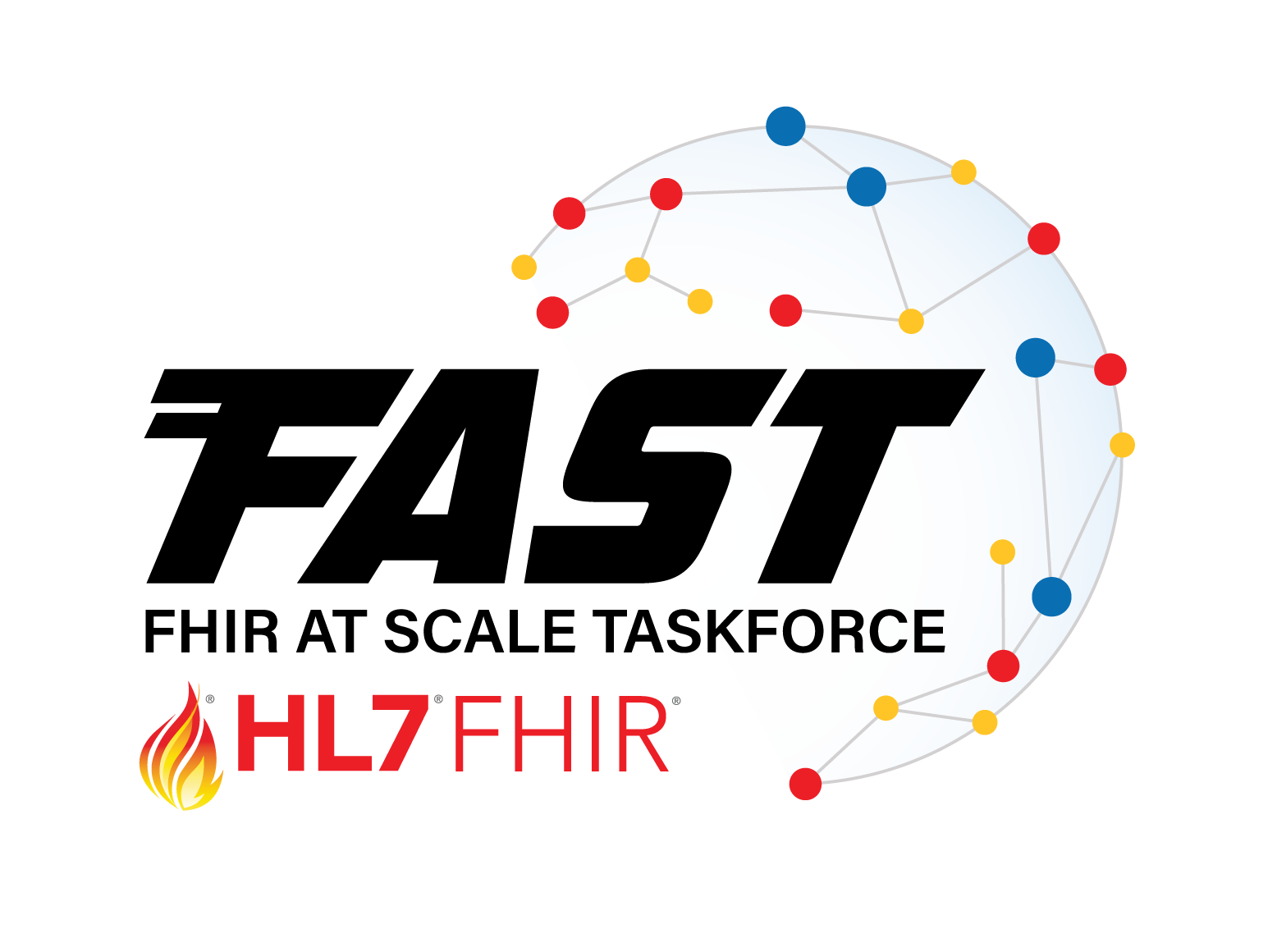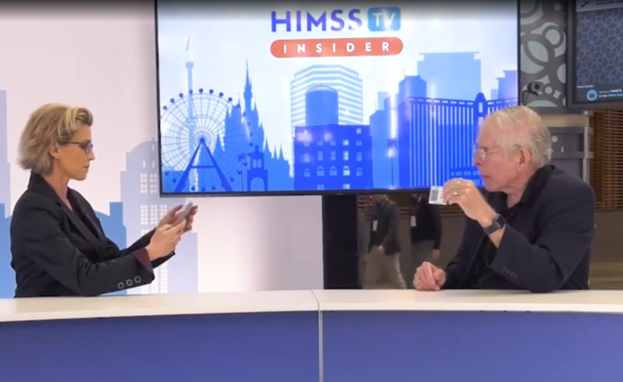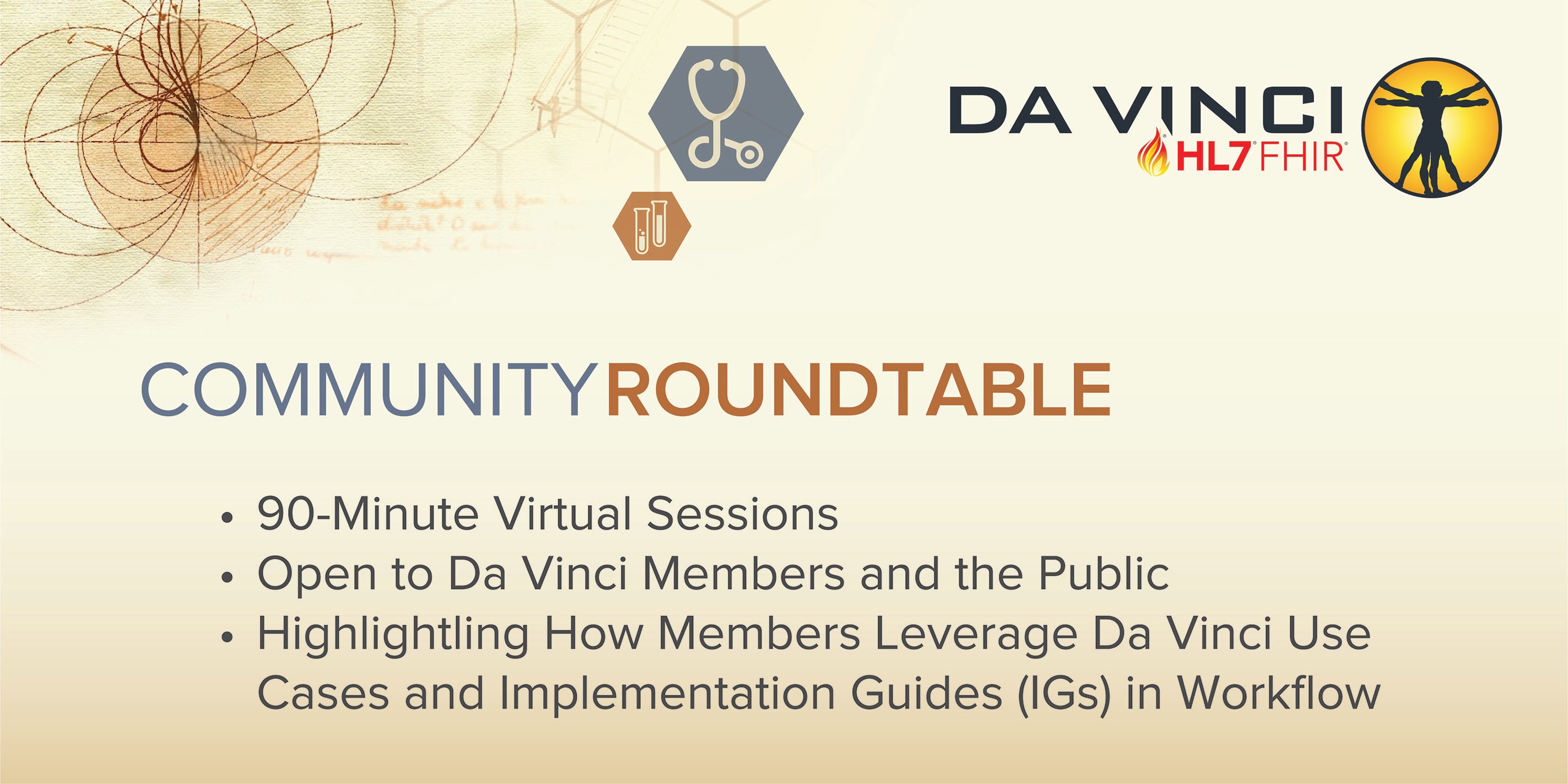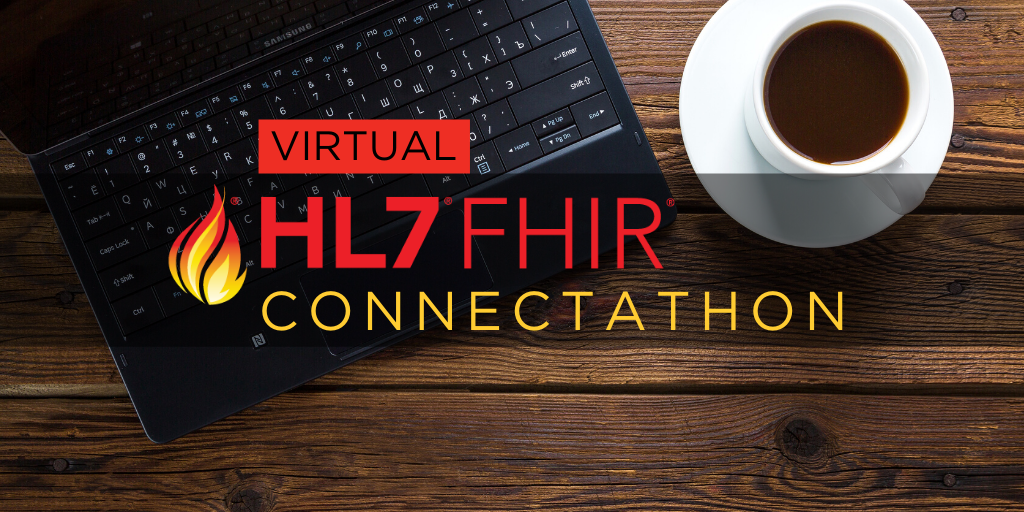The HL7® FHIR® at Scale Taskforce (FAST) continues to translate national interoperability policy into implementable, real-world infrastructure. This month marks several major milestones, including the opening of the FAST Consent Ballot, the official publication of FAST Identity STU 2 and FAST Security STU 2, and continued progress on FAST National Directory toward STU 2. This reinforces the growing momentum toward CMS-Aligned Networks powered by FAST.
These advances demonstrate how standards, trust frameworks, directory infrastructure and testing at scale converge to support scalable, secure and interoperable data exchange across the healthcare ecosystem.
FAST Consent Ballot: Advancing Scalable, Network-Ready Consent
The FAST Consent Implementation Guide (Edition 1 – US Realm) has entered formal HL7 balloting, providing the industry with a practical, interoperable approach to consent management at scale.
The guide is designed to support:
- Computable and portable consent representations across organizational and network boundaries
- Subscription-based workflows for consent updates and downstream disclosures
- Alignment with FAST Identity, FAST Security, and FAST Directory infrastructure
- Use cases spanning payer-to-payer exchange, provider workflows, HIEs, and consumer-mediated access







.png)

.png)
